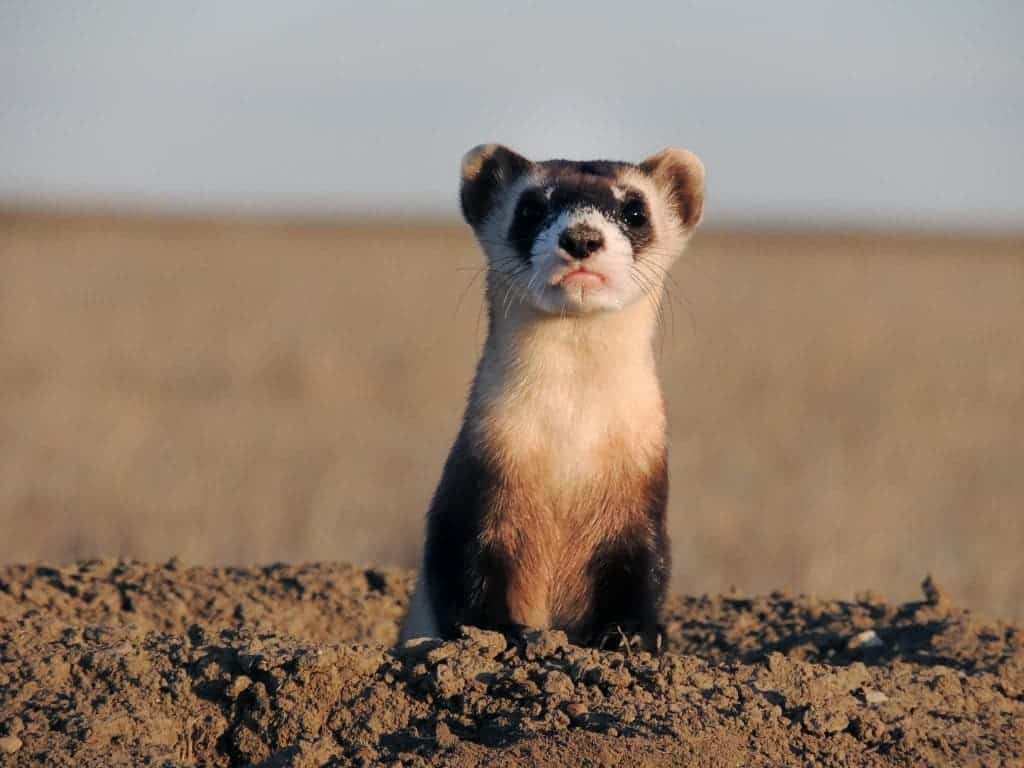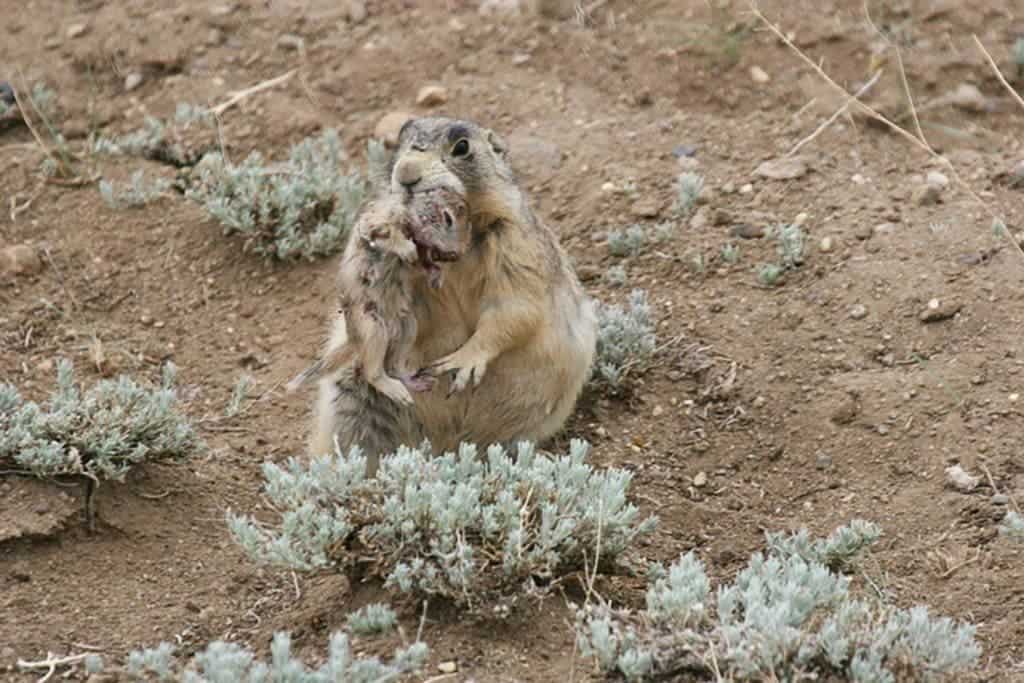The US Fish and Wildlife Service’s new plan to save the endangered black-footed ferret sounds like the plot of a summer blockbuster. The agency proposed delivering vaccines to a Montana ferret colony by shooting vaccine-laced M&Ms for them to eat — from flying drones.
It’s been a rough half-century for black-footed ferrets; the species has been endangered since 1967, and the USFWS estimates that there are as little as 300 individuals still living in the US. That’s an unacceptably low number because just look at this fellow:

Image via Imgur / USDA
One of the biggest threats to the black-footed ferrets today is the Sylvatic plague, a bacterial disease transmitted by fleas that is deadly to the little fur balls. Even worse, the disease also attacks prairie dogs, who are an important source of food for the ferrets and create tunnels that these use for shelter. The prairie dogs are considered a “keystone” species in the area’s ecosystem, as numerous predators — such as eagles, owls, and coyotes — rely on them heavily for food.
An oral vaccine has been developed and approved to fight the plague for both prairie dogs and ferrets, but actually distributing the drug to them in the wild has so far proved problematic.
“We dropped the vaccine out of a bag while walking around, but that’s very hard to do over thousands of acres,” Randy Machett, a USFWS biologist told The Guardian. “We are working with private contractors to develop equipment to drop the vaccine uniformly across an area, rather than one hog getting to eat a big pile of them.”
The USFWS’s solution is pure gold. The agency has constructed a device that can shoot vaccine-laced, peanut-butter-covered M&Ms in three different directions which will be strapped to flying drones. These will hover over the UL Bend National Wildlife Refuge and blanket the area in treats for the animals below, which find the candy “delicious,” says Machett.
The USFWS reports that the drones had “no significant impact” on their surrounding environment. The agency will also allow a 30-day open comment period this spring, where the public can voice their concerns or support for the plan. If approved, the plan should be implemented by early September, The Guardian reports.




